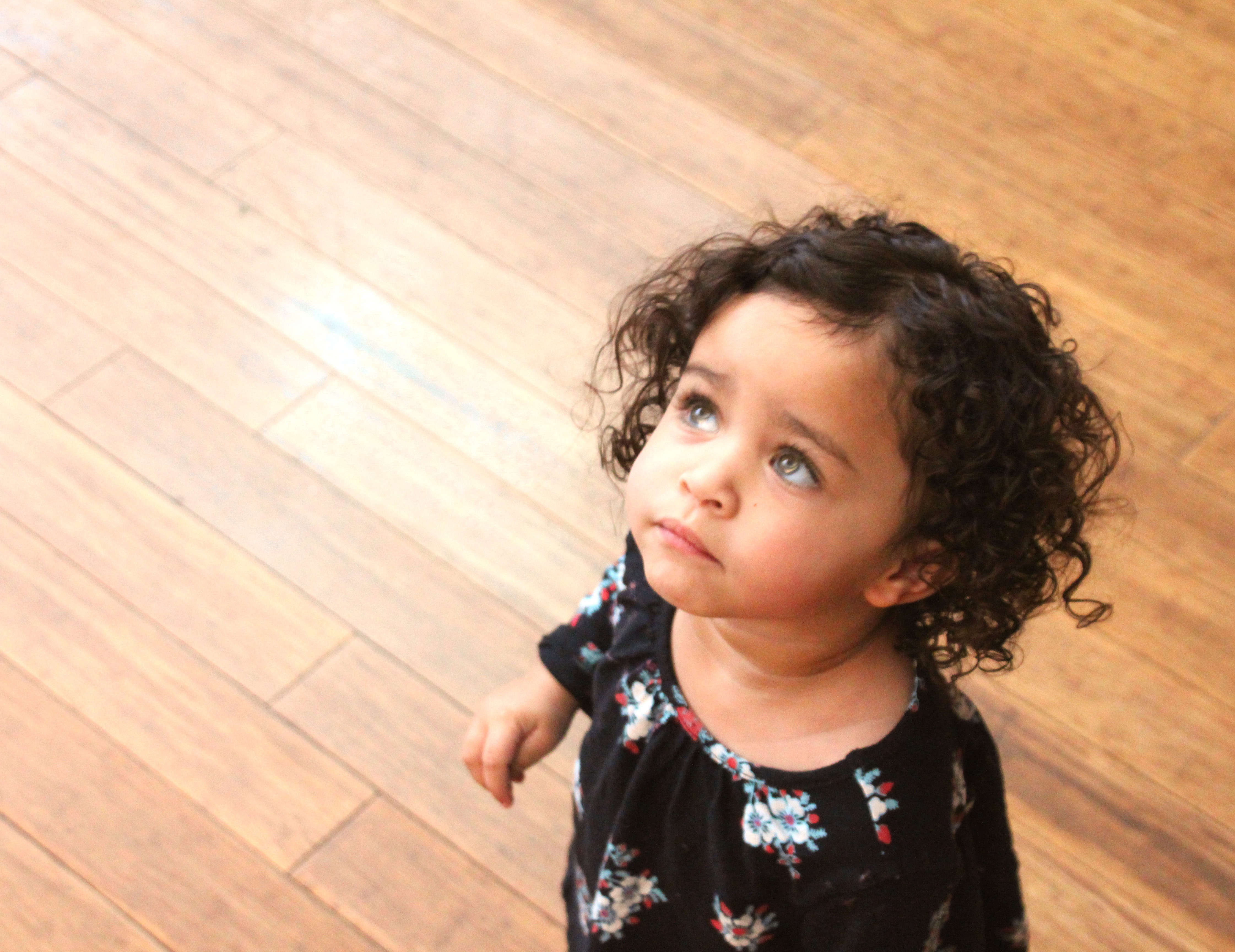
Societies often passed down their traditions to the next generation through storytelling. These stories communicated important information and mindsets that were memorized and retold generation after generation. Over time these common stories formed a particular way of living in the world. Common stories and understandings are the building blocks of any distinctive culture or civilization.
With the development of the written language accounts and stories could be kept for future generations. The ability to read and write at first was limited to a privileged few. Today there are myriad ways to capture ideas or experiences and communicate them directly to others. The sheer number of stories being told, with diverse points of view, truly boggles the mind.
This onslaught of narratives makes it increasingly difficult to manage, prioritize and curate the stories that bind us together. Some suggest the democratization of communication and information is liberating; however, it is simultaneously disrupting the modern institutions charged with protecting and curating those stories and understandings.
We see the government, media, schools, libraries and various organizations struggle to craft relevant narratives as the fabric of our common understandings are being pulled apart. Museums and artists are right in the middle of this conundrum. What work should be kept and protected for future generations? Who is involved in making these important decisions: trained professionals, donors, artists, the general public? What ideas, motivations and principles should guide these decisions? The young girl in the photograph is waiting to see what stories we will tell her about the world she lives in.
This photo was taken by Maelle Egea at the Las Vegas Springs Preserve.
